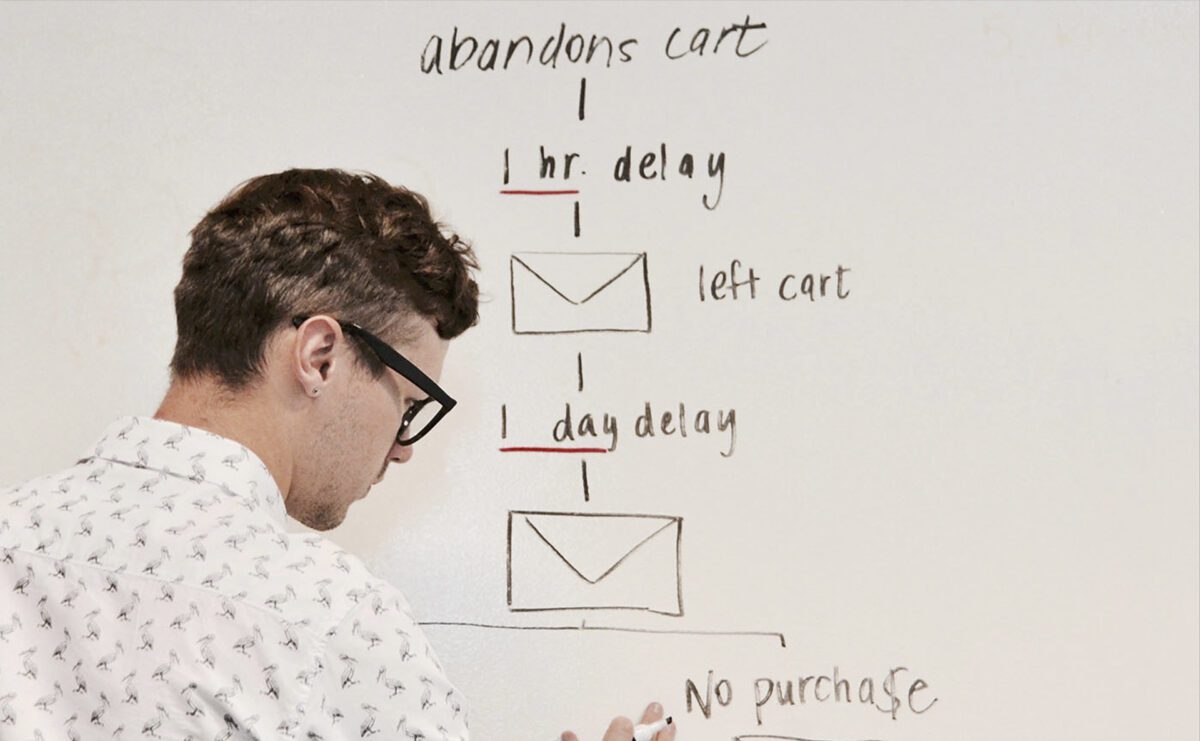What Is a Digital Marketing Funnel?
The idea of a “marketing funnel” is not new. The concept has existed for over a century and continues to evolve over time. The biggest disrupter of the traditional marketing funnel is the internet. In the past, most customers went to a store to purchase a product they were looking for. They may have compared the different types of products the store offered, but their search was limited to what was available in the store. Today, consumers are able to compare and contrast hundreds — even thousands — of products from all over the world without even leaving their homes thanks to the internet.
Today, consumers are able to compare and contrast hundreds — even thousands — of products from all over the world without even leaving their homes thanks to the internet.
This, in turn, has caused the traditional marketing funnel to become outdated. The phases of the traditional marketing funnel used to be:
Awareness – Knowing the product exists
Interest – Having an interest in obtaining said product
Desire – Wanting the product enough to buy it
Action – Making the purchase For the most part, consumers passed through these phases in order, without much diversion. When it comes to the digital marketing funnel, consumers may not experience all phases, and the phases that they do go through may not be in order. This is due in part to the rise of accessibility. People want a more customized experience, and since shopping takes place online now more than ever, phases may be omitted or reorganized in order to appeal to the consumer.
Phases of the digital marketing funnel are more like the following:
Awareness – Knowing the product exists.
Consideration – Spending time researching this type of product, discovering what is available.
Purchase – Making the purchase ● Post-purchase – Connecting with customers after the purchase, creating satisfied customers who will return and recommend to others The digital marketing funnel focuses on brand engagement, educating the customer on how to best use the product, and embracing the non-linear way that internet-based customers experience shopping online.
People want a more customized experience, and since shopping takes place online now more than ever, phases may be omitted or reorganized in order to appeal to the consumer.
In order to compete with others, you need to ensure that your digital marketing funnel is in place for online consumers. The old marketing funnel no longer applies now that the internet is such a large resource for customers.
Here are a few tips to increase the reach of your digital content and product satisfied customers:
SEO – “Search Engine Optimization” can help potential customers find your product more easily. By optimizing keywords, search engines like Google will show your content when consumer type in certain words.
Social media – Being active on social media, including Facebook, Twitter and Instagram, and creating targeted ads on these platforms, can help potential customers see what you have to offer in a quick and easy way.
Website promotion – Having your content featured on different websites is a great way to reach out to potential customers who may otherwise not have been aware of your product. Keeping your own website up-to-date and accurate is also a large part of website promotion.
Content marketing – If you produce engaging and informative digital content, consumers will be drawn to your website or social media channel to learn more. This will help you connect with potential customers in a way that doesn’t seem forced.
Ultimately, changing your marketing strategy to include the digital world is inevitable. In order to stay competitive, switching from a traditional marketing funnel to a digital one will help you capture more customers and create brand loyalty for the future.

